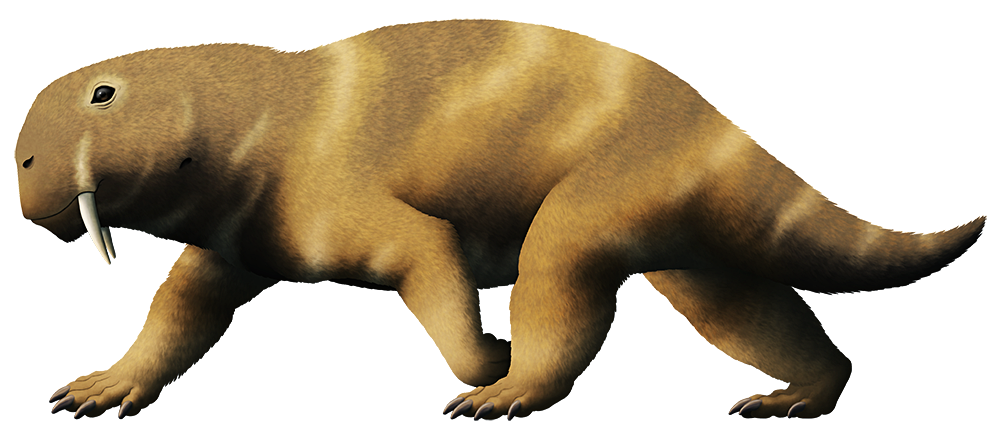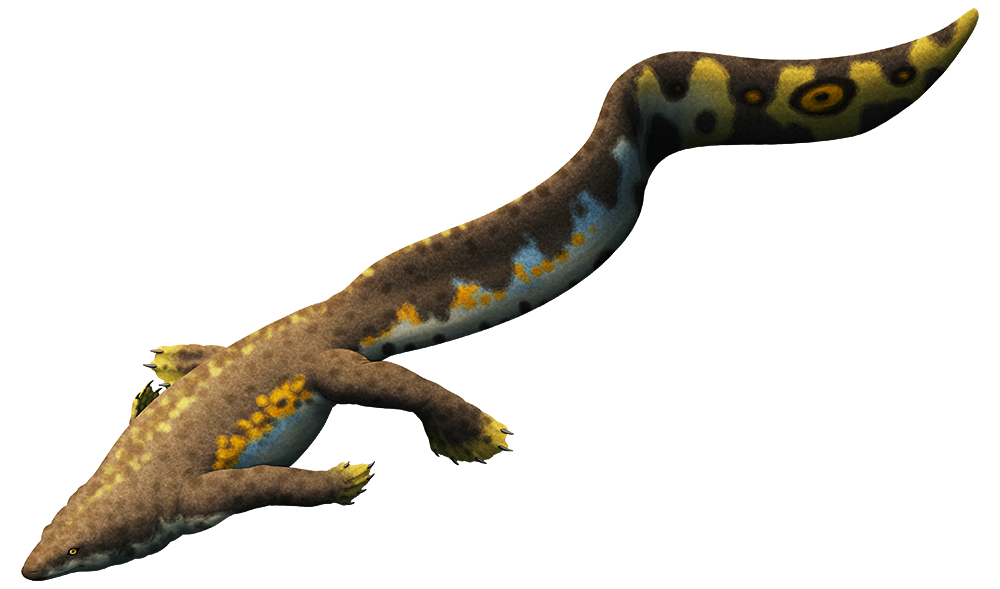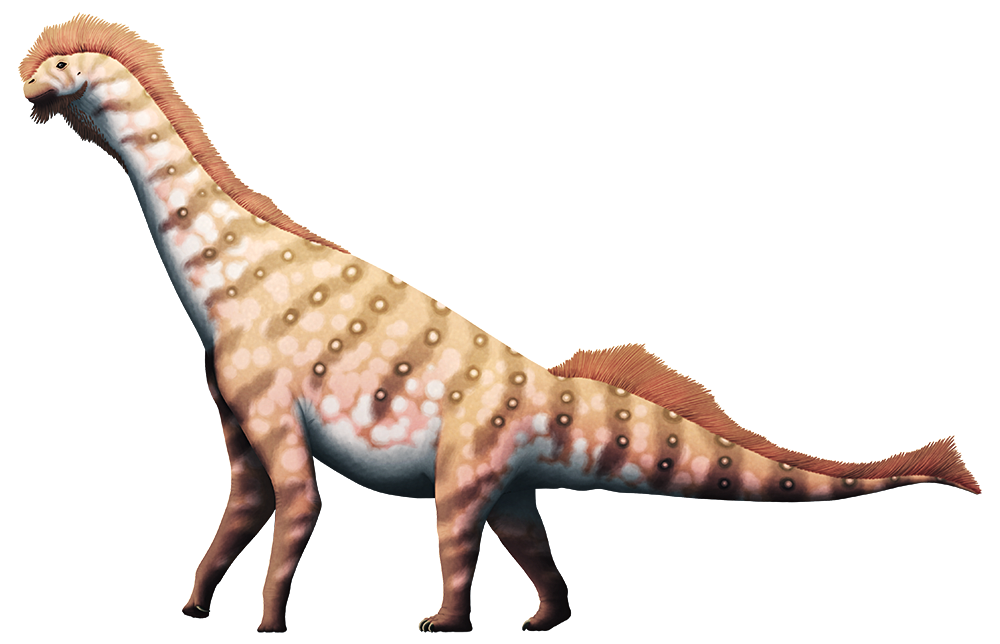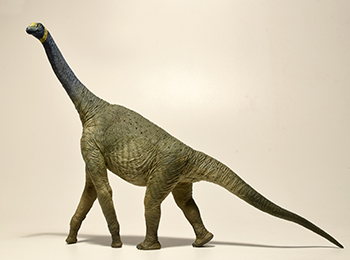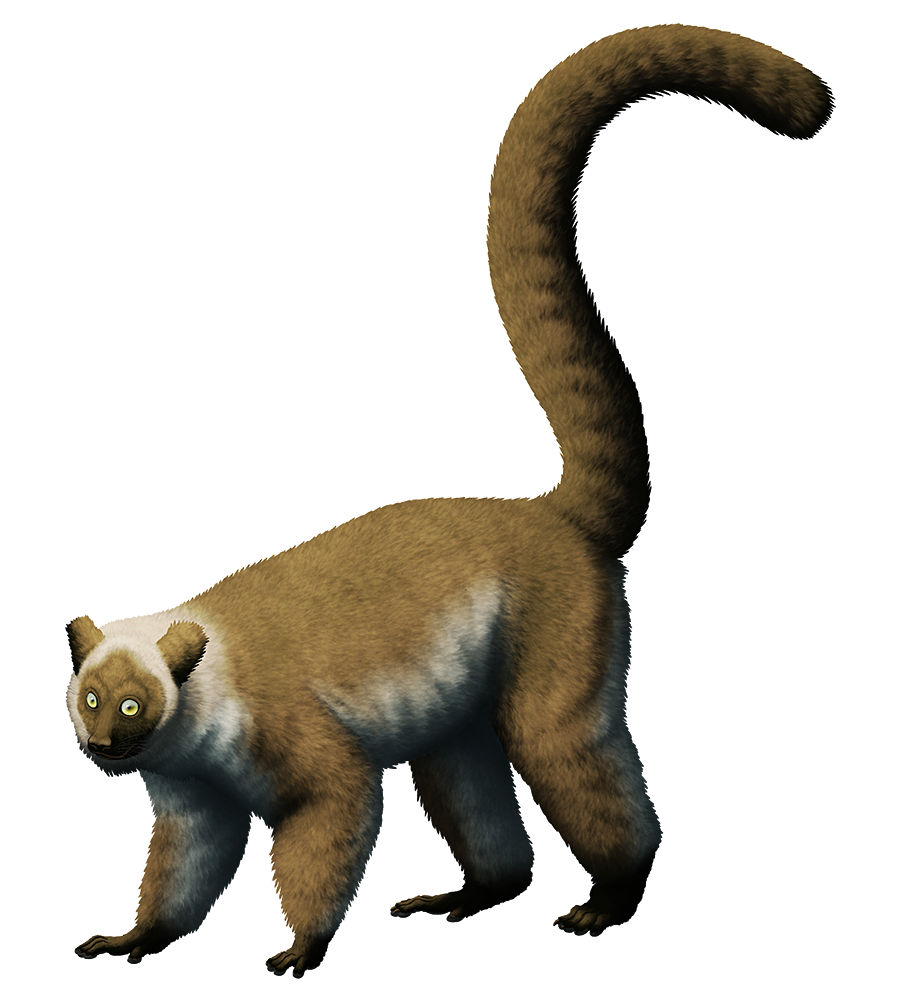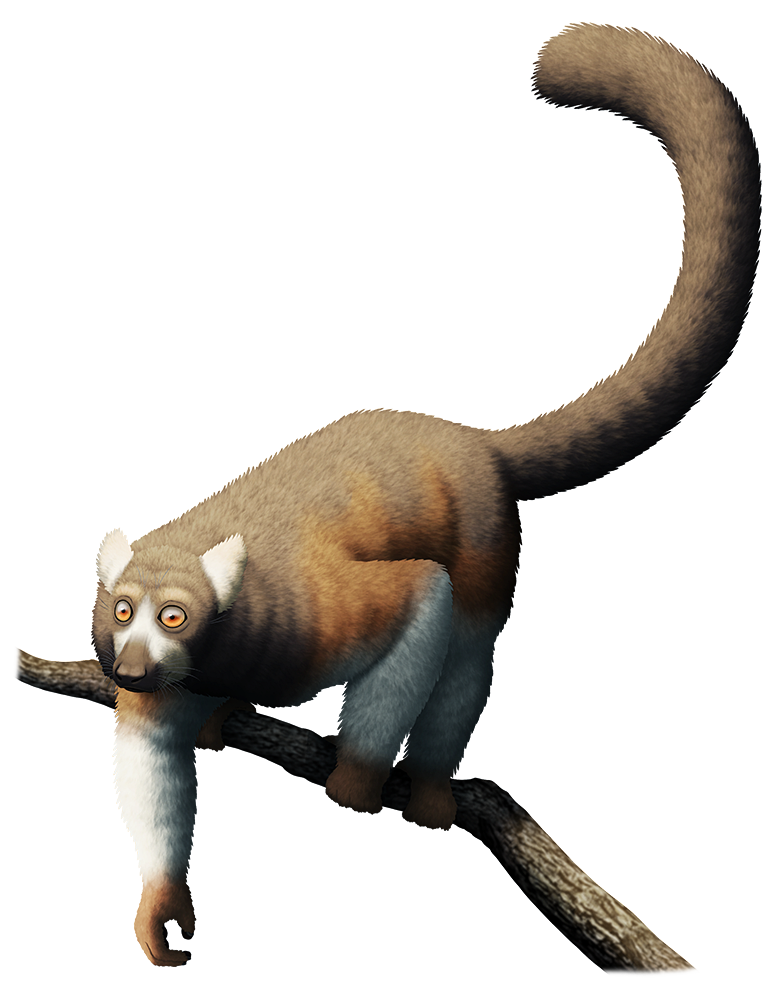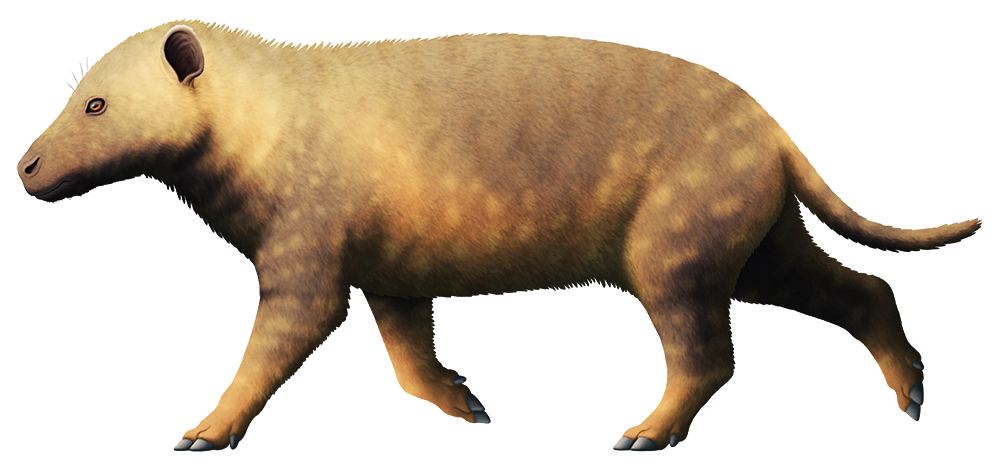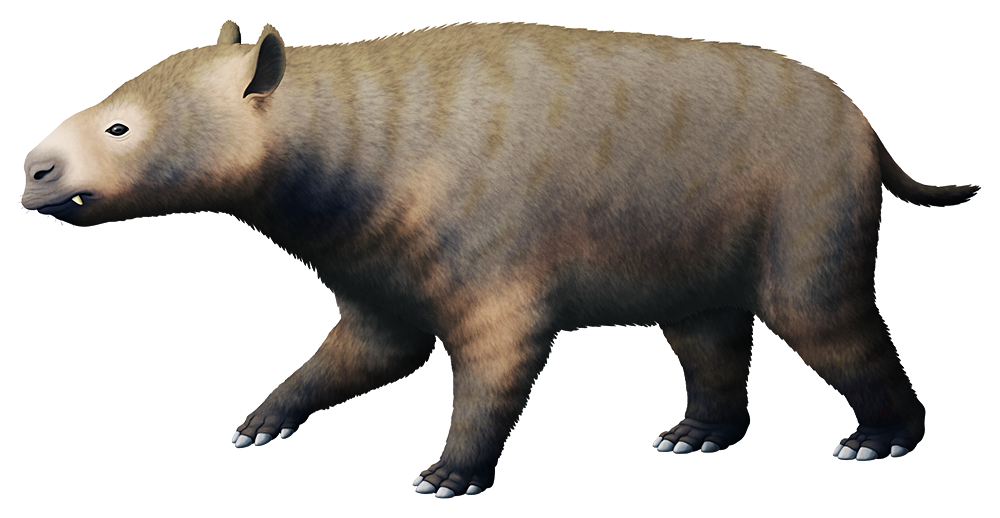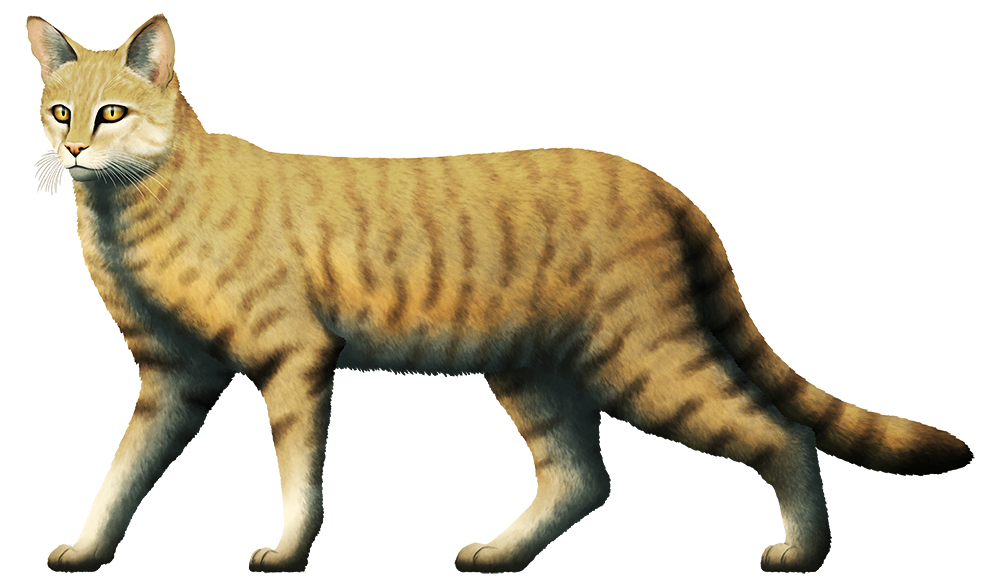Synapsids just keep evolving saber teeth.
Both proto-mammals and true mammals have independently evolved oversized fangs quite a few different times in a lot of different lineages over the last few hundred million years (even in some modern ones), and one of the first to experiment with such a feature was Tiarajudens eccentricus.
Living in southern Brazil towards the end of the Permian period, about 265-260 million years ago, Tiarujudens was an early member of a group of known as anomodonts. These chunky herbivorous synapsids weren’t directly ancestral to modern mammals, but were instead evolutionary cousins, and their lineage eventually included tusked dicynodonts like the world-conquering Lystrosaurus.
Tiarajudens was around 1-1.2m long (3’3″-3’11”) and sported a pair of very long blade-like canine teeth in its upper jaw. Since the rest of its teeth were clearly adapted for eating plants – with one of the the earliest known examples of flat grinding molars that would have allowed it to chew up tough vegetation – these fangs probably served more of a display or defensive function.
The saber teeth may even have been a sexually dimorphic feature like in modern musk deer. Another anomodont from South Africa, Anomocephalus africanus, is incredibly similar to Tiarajudens except for a lack of fangs – and since South America and Africa were connected as part of Pangaea at the time, it’s possible that these two actually represent males and females of the same species.
Without finding a larger number of fossils we can’t know for certain, but it’s an interesting possibility at least.

